The Binh Ta archaeological relic cluster is a collection of works belonging to the Oc Eo culture dating back to the first centuries AD, located in a relic complex with more than 60 archaeological relics from prehistoric to early historical times distributed along the roads and the Vam Co Dong River in Duc Hoa district, Long An province.
The Binh Ta archaeological relic cluster is a collection of structures belonging to the Oc Eo culture dating back to the first centuries AD, located in a complex of relics with more than 60 archaeological relics from prehistoric to early historical times distributed along the roads and the Vam Co Dong River, concentrated in Duc Hoa district, Long An province.
According to the Book of National Monuments in Long An province compiled by the Department of Culture, Sports and Tourism, published by Thanh Nien Publishing House in 2021, the architectural ruins of Go Xoai, Go Don, Go Nam Tuoc are also known as the Binh Ta archaeological relic cluster in Duc Hoa Ha commune, Duc Hoa district, Long An province.
From the first discoveries by French archaeologists of ancient underground cultural relics in Duc Hoa such as the Chom Ma relic with the stone door frame in the east discovered by Henri Parmentier and the Thap Lap, Go Thap (now called Go Sau Huan) and Cai Thap relics excavated by JYClaeys in 1931, until 1987, the Department of Culture - Information of Long An (now the Department of Culture, Sports and Tourism) in coordination with the Institute of Social Sciences in Ho Chi Minh City (now the Institute of Social Sciences of the Southern region) began excavating the three relics of Go Xoai, Go Don, and Go Nam Tuoc in this area.
These relics are distributed in a relatively close area, from Provincial Road 9 to the East about 700m to Go Xoai, from Go Xoai to the East about 200m to Go Don and the largest scale, from Go Xoai to the Southeast about 150m to Go Nam Tuoc.
Go Xoai Relic: Before 1975, the Saigon puppet government stationed troops in the center and south of the mound. The remaining part of the mound was planted with many mango trees, so the relic was named Go Xoai, replacing the previous name Chom Ma.
By March 1987, Go Xoai was excavated, with an area of about 2,000m2 , 4.1m high above sea level, about 57m from the center of the mound there are 4 large granite blocks, built into a stone door frame in a nearly square shape, with each side about 20m long.
Go Xoai architecture is built on a solid and complex foundation with many layers of different thicknesses and different building materials such as basalt, clay, red gravel, and pink sand.

A collection of jewelry and pure gold objects of Oc Eo residents discovered during the archaeological excavation of Go Xoai relic (Duc Hue district, Long An province). This gold collection is now a National Treasure.
The central part of the Go Xoai architecture is a worshiping pit with a brick pillar arranged in the shape of a swastika. Right at the bottom of the pit, a white sand box containing bone ashes and a collection of valuable artifacts including 26 small, thin gold pieces were meticulously and delicately carved in many different shapes and sizes such as lotus flowers, multi-petaled flowers and many mascots such as turtles, snakes, elephants, a piece of Oc Eo pottery and several small metal samples were discovered.
Among these golden artifacts, there is a Sanskrit inscription, a type of South Indian script, from the 8th - 9th century AD. The inscription is rectangular, with 5 lines of raised letters engraved on its surface: the first line is the Buddhist Dharmakaya verse; the second line is a section of the Dhammapada, the remaining 3 lines are mantras, with clear content about Buddhism, it is the only relic of this type in the Oc Eo relics, contributing to determining the function of the Go Xoai architecture as a Buddhist tower, built around the 8th century AD.
This is considered a collection of artifacts of great historical - cultural, aesthetic and scientific value and is one of the most unique collections of artifacts in the Southern region, reflecting the rich material and spiritual life of the Oc Eo community in Long An.
At the same time, through the artifacts excavated at the site, we can see the remarkable development in artistic quality and the skillful, sophisticated and vivid creation skills of the goldsmiths at that time. Therefore, this Collection of Gold Artifacts was recognized as a National Treasure in 2013.
Go Don relic: the excavation of Go Don in 1988 discovered a brick temple tower architecture, with a fairly intact layout with an east-west length of 78.5m, the area surrounding the temple is square, each side is 60m, the entire architecture before excavation was underground, the closest place to the ground is 0.4m.
Go Don architecture is built with many different materials, in which the main temple architecture is mainly made of laterite stone, consisting of many blocks stacked on top of each other in a polygonal shape, with a square worshiping pit in the center.
The temple tower complex in this area has a harmonious, solid layout with a large scale, and is considered a typical construction in the religious architecture of the Oc Eo culture.
The excavation collected many artifacts, mainly made of stone, inside the shrine pit, in front of the main temple yard and near the side temples, such as the head of the Ganesha statue, the Dvarapala statue, sacred objects such as linga, yoni, and many ceramics made of fine sand mixed with clay, carved with extremely unique and elaborate decorative patterns.
Although only thin edges remain, the architecture and artifacts discovered at the Go Don relic show that there was once a large-scale temple architectural work belonging to the Oc Eo Phu Nam cultural tradition.
Go Nam Tuoc relic: is an architectural relic built of bricks of a rectangular temple 17.2m long, 11.1m wide, facing East.
Although the upper part of the architecture has been lost, based on the very straight brick foundation, the angular structure during construction and the lack of reinforcement with rubble or clay, it is possible to assume that the architecture at Go Nam Tuoc was relatively simple and large-scale, with the upper part built with light materials such as wood.
This type of architecture is quite common in Pallava temples in South India and is characteristic of the Oc Eo culture.

The architecture of the Go Nam Tuoc ruins (Duc Hue district, Long An province). The Oc Eo cultural architectural relic was built with bricks of a rectangular temple 17.2m long, 11.1m wide, facing East.
With the artifacts discovered at the site, especially the Go Xoai inscription, it can be assumed that the Binh Ta Archaeological Site Complex was a religious and cultural center of the South with many large Buddhist and Hindu temples, dating from the 1st - 7th centuries and lasting until the 9th - 10th centuries.
The collection of 26 pure gold artifacts recognized as national treasures, of important value in the study of Oc Eo culture in the South, is proof of the existence and once brilliant development of the Phu Nam state.
The Kingdom of Funan was a prosperous empire in the Mekong Delta from AD to the 10th century. Through the ups and downs of time and historical events, the empire and its prosperous development were buried, but now it has been gradually discovered and excavated.
Binh Ta archaeological relic cluster was recognized as a national archaeological relic by the Ministry of Culture and Information (now the Ministry of Culture, Sports and Tourism) in Decision No. 1570-VH/QD dated September 5, 1989.
By 2020, the People's Committee of Long An province approved the project to Clear the Land of Binh Ta Archaeological Relic Complex with a total area of about 12,066m2 and a large investment from the provincial budget to preserve and promote the value of the relic in the direction of linking, combining to create a complex for the relic and placing the relic in the overall route of the province's relics.
Source: https://danviet.vn/dao-khao-co-go-dat-ven-song-vam-co-dong-o-long-an-phat-lo-hien-vat-co-bang-vang-rong-van-hoa-oc-eo-20241112085408313.htm


![[Photo] Magical moment of double five-colored clouds on Ba Den mountain on the day of the Buddha's relic procession](https://vphoto.vietnam.vn/thumb/1200x675/vietnam/resource/IMAGE/2025/5/9/7a710556965c413397f9e38ac9708d2f)
![[Photo] General Secretary To Lam and international leaders attend the parade celebrating the 80th anniversary of the victory over fascism in Russia](https://vphoto.vietnam.vn/thumb/1200x675/vietnam/resource/IMAGE/2025/5/9/4ec77ed7629a45c79d6e8aa952f20dd3)
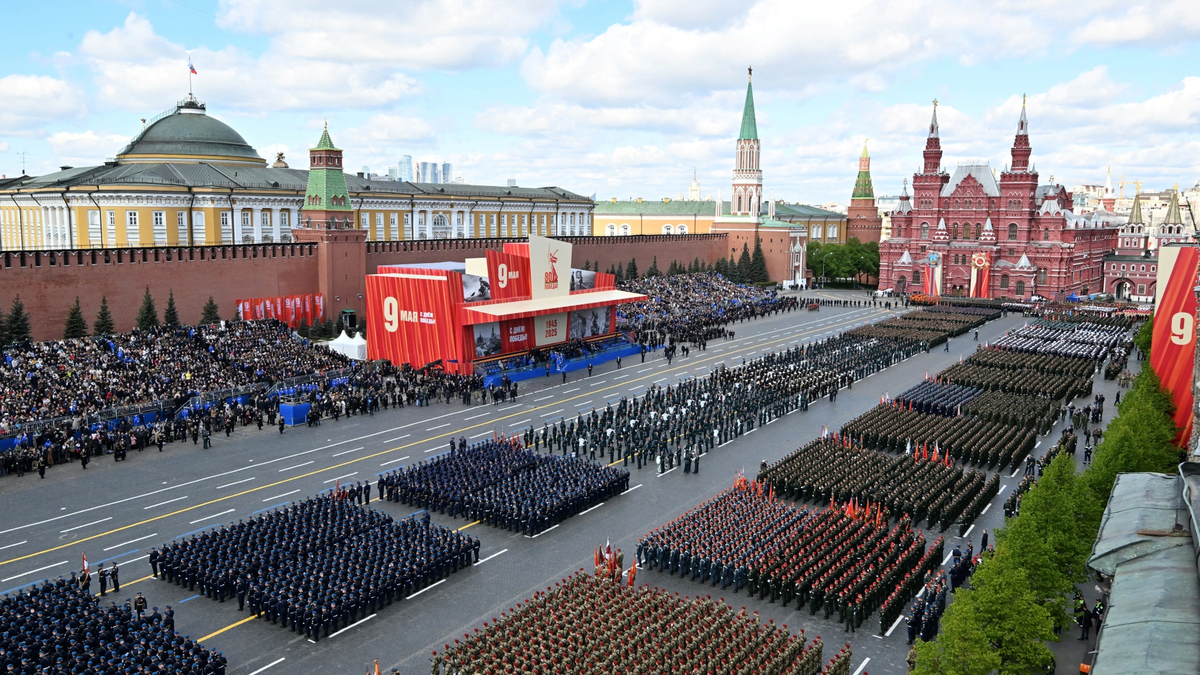
![[Photo] Russian military power on display at parade celebrating 80 years of victory over fascism](https://vphoto.vietnam.vn/thumb/1200x675/vietnam/resource/IMAGE/2025/5/9/ce054c3a71b74b1da3be310973aebcfd)

![[Photo] Prime Minister Pham Minh Chinh chairs a special Government meeting on the arrangement of administrative units at all levels.](https://vphoto.vietnam.vn/thumb/1200x675/vietnam/resource/IMAGE/2025/5/9/6a22e6a997424870abfb39817bb9bb6c)


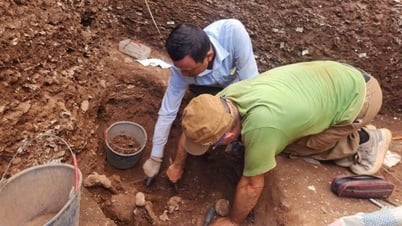

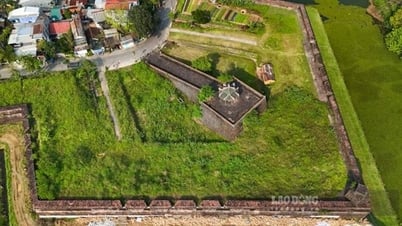

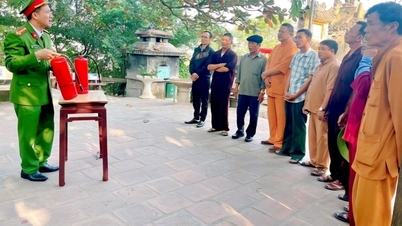

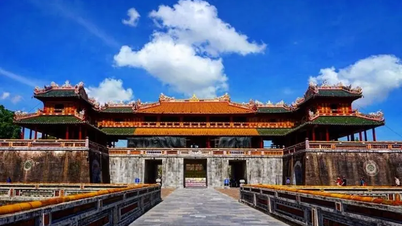

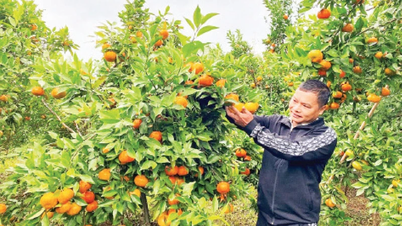
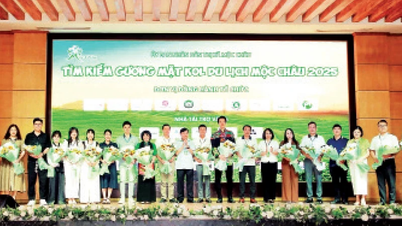
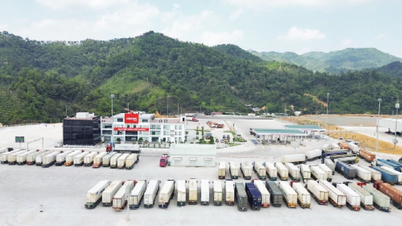
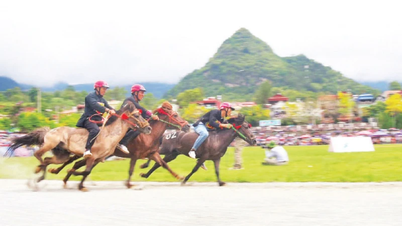
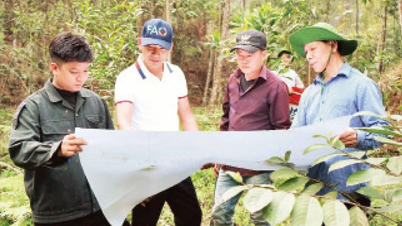
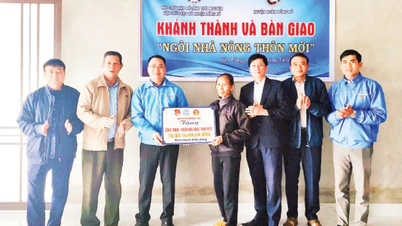





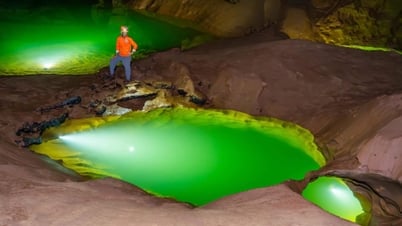




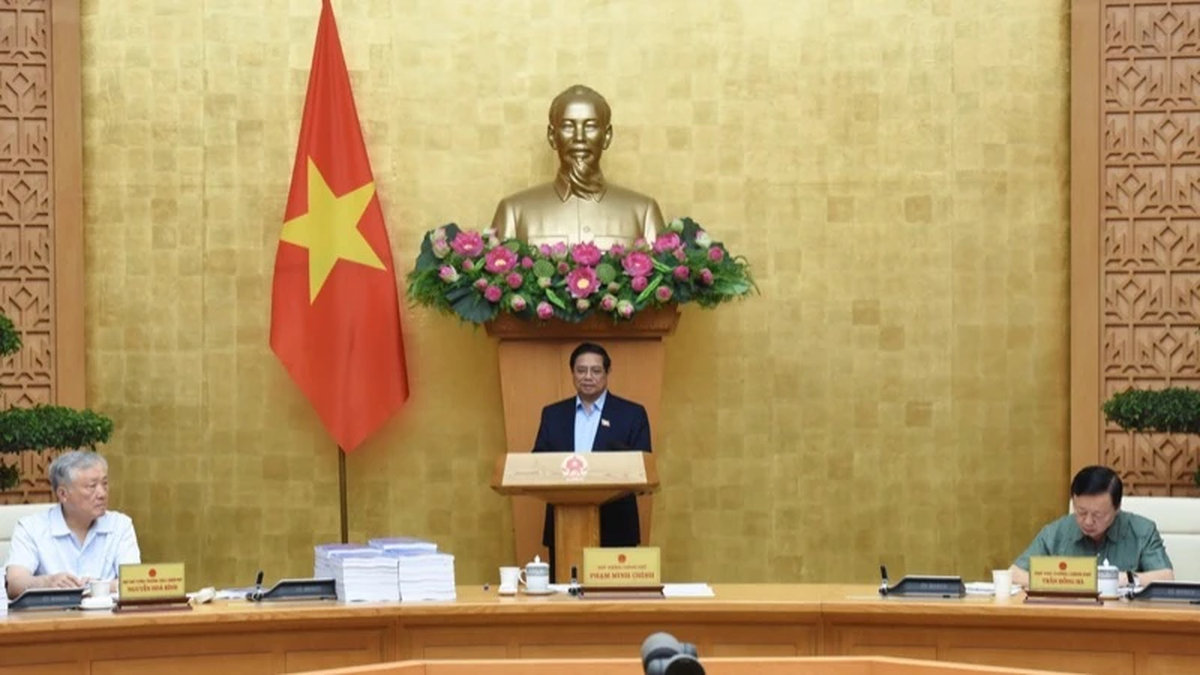
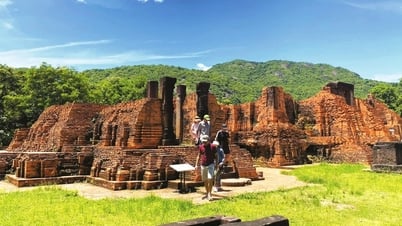

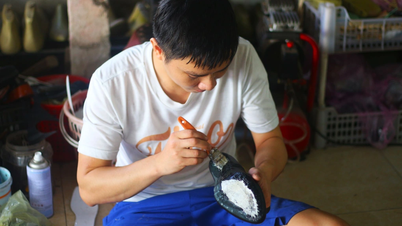

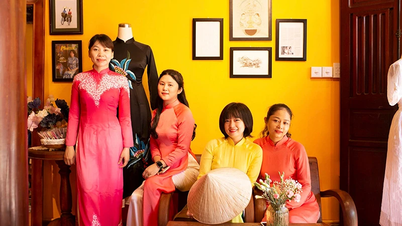

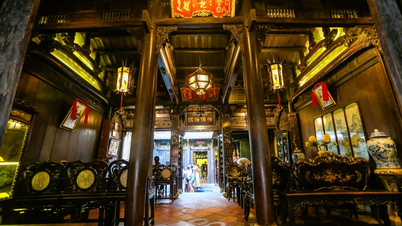
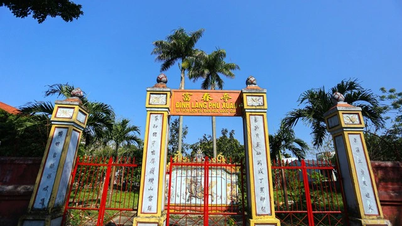

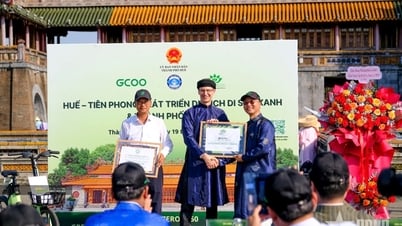





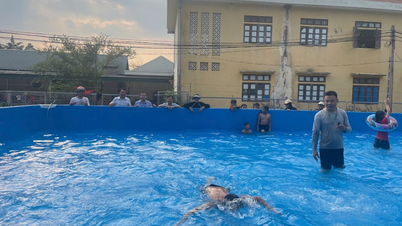












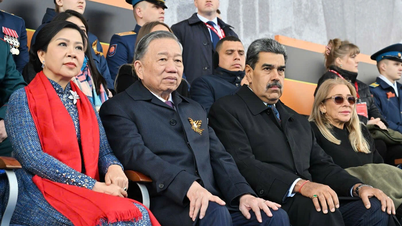



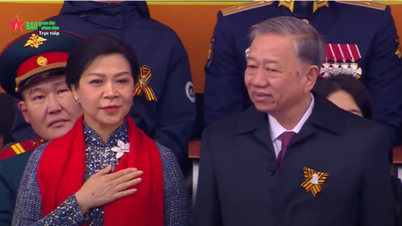
















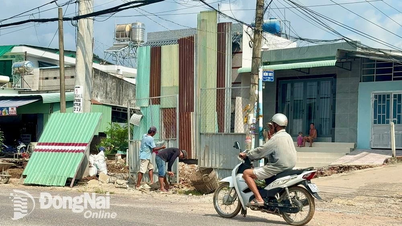

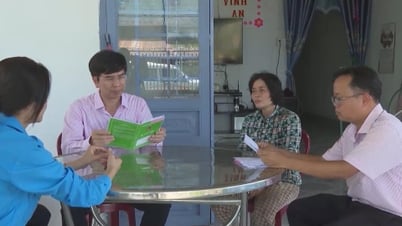

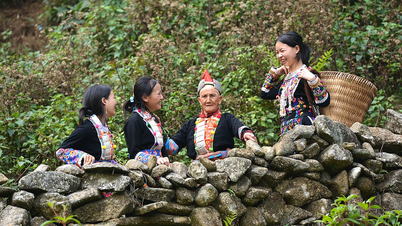









Comment (0)